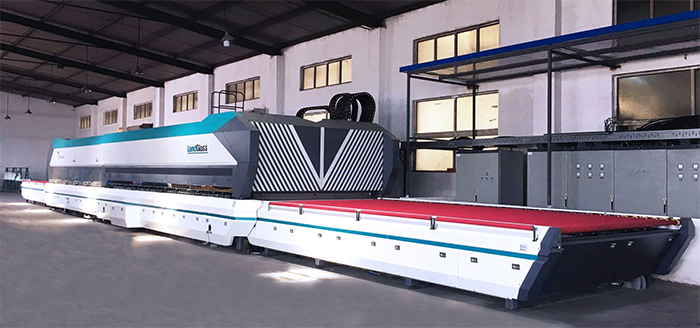
Glass tempering is a process that requires precision, careful control, and the efficient use of resources. Here are some tips and best practices to improve efficiency in glass tempering:
1. Regular Maintenance
Ensuring your glass tempering furnace is well-maintained is crucial to maintaining high operational efficiency. Regular maintenance helps prevent unexpected breakdowns, prolongs the life of your glass toughening machine, and can improve the quality of your tempered glass. This includes inspecting heating elements, thermocouples, and the overall condition of the furnace.
2. Optimal Loading
Efficient use of the loading area in the glass tempering machine can significantly improve productivity. Maximize the number of glass sheets you can load into the glass tempering furnace without sacrificing the quality of the end product. Invest time in planning and training operators on best practices for loading patterns.
3. Technological Upgrades
Stay up-to-date with the latest advancements in glass tempering furnace technology. Newer models often have features that improve efficiency, such as precise heating and cooling, better temperature control, and automated loading and unloading systems. While upgrading your glass tempering furnace can require a significant investment, the long-term savings and improvements in product quality can make it worthwhile.
4. Employee Training
Ensure that all employees are fully trained and updated on best practices for using the glass tempering furnace. Skilled operators can optimize the tempering process, reducing waste and improving the quality of the tempered glass.
By focusing on these areas, glass processors can improve the efficiency of their tempering operations, reduce waste, and produce higher-quality tempered glass. These practices can also lead to significant cost savings in the long run.

